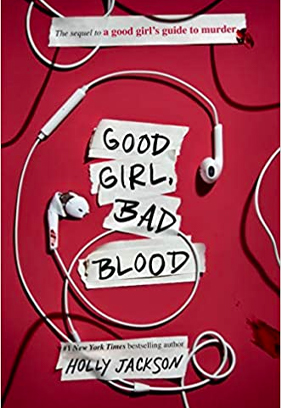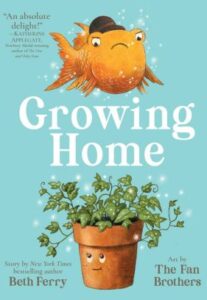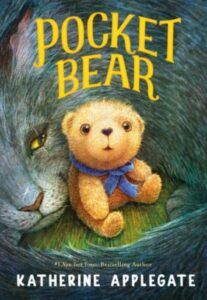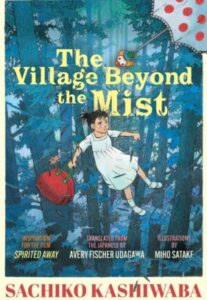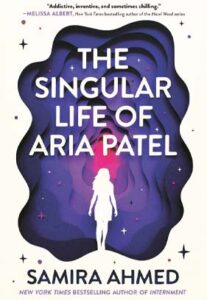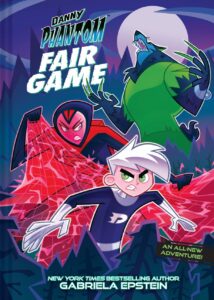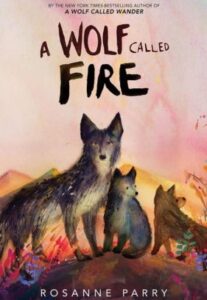Pip is done with being a detective.
She sorta stumbled into being one, via a school project, but it wasn’t an easy experience. Sure, piecing together clues and solving an old murder that took place years before in her little town of Fairview was exciting, scary and ultimately rewarding. It even earned Pip a bit of national attention when the news broke and her podcast about the case went viral. But the whole process was emotionally draining. It consumed her.
At this point, Pip feels exhausted in ways that you can’t just sleep away. And she simply wants to go back to living a normal teen life: you know, go to school, plan for the future, and maybe have a little time to cuddle with her “sorta” new boyfriend Ravi (brother of Sal, one of the murder victims in the first case).
But sometimes success has a way of haunting you.
As soon as Pip publicly announces that she’s wrapping up her podcast and tossing aside her detecting ways, her best friend Connor begs her to help with another problem. Connor’s brother Jamie has gone missing. The police refuse to get involved because Jamie’s an adult, at 24. But there are suspicious circumstances in the mix: Jamie’s suddenly odd behaviors and bouts of depression; his strange internet searches; a mysterious online beauty; missing money.
With even the slightest scratch of the surface, Pip can see that too many things in this situation don’t add up. And as the hours tick by, it does appear that Jamie’s life may be in danger. Can Pip just stand by, or should she scratch a little deeper?
Pip may not feel like the “teen queen of true crime,” as she’s been dubbed by an online site. But when somebody’s life is on the line, she can’t just be an average teen either. There are still dark secrets in the little town of Fairview. And Pip, the detective, has her special ways of digging them up.



